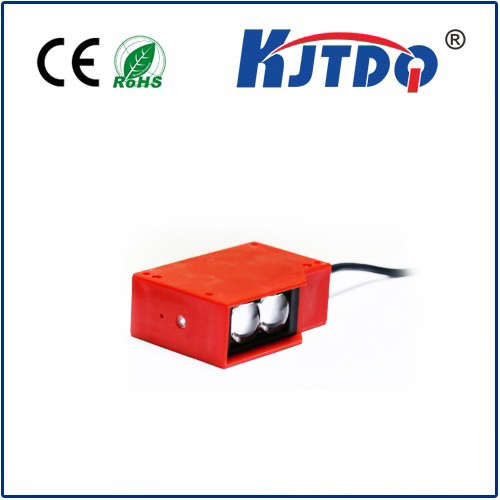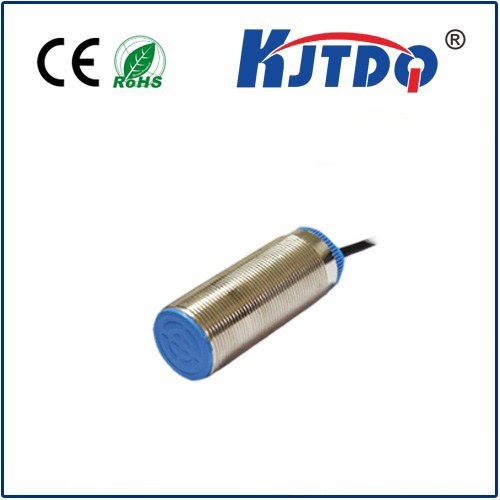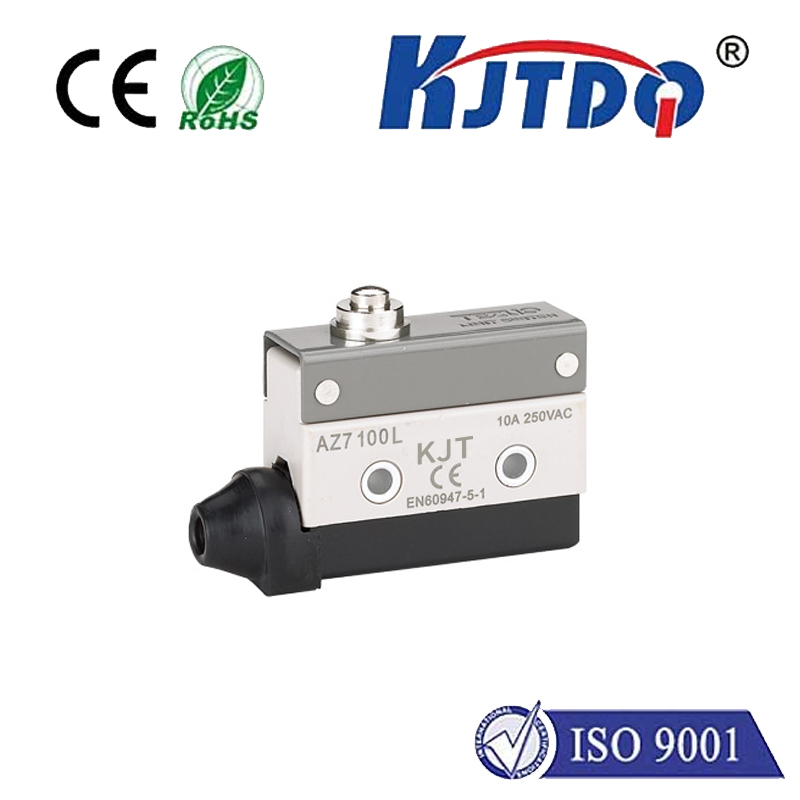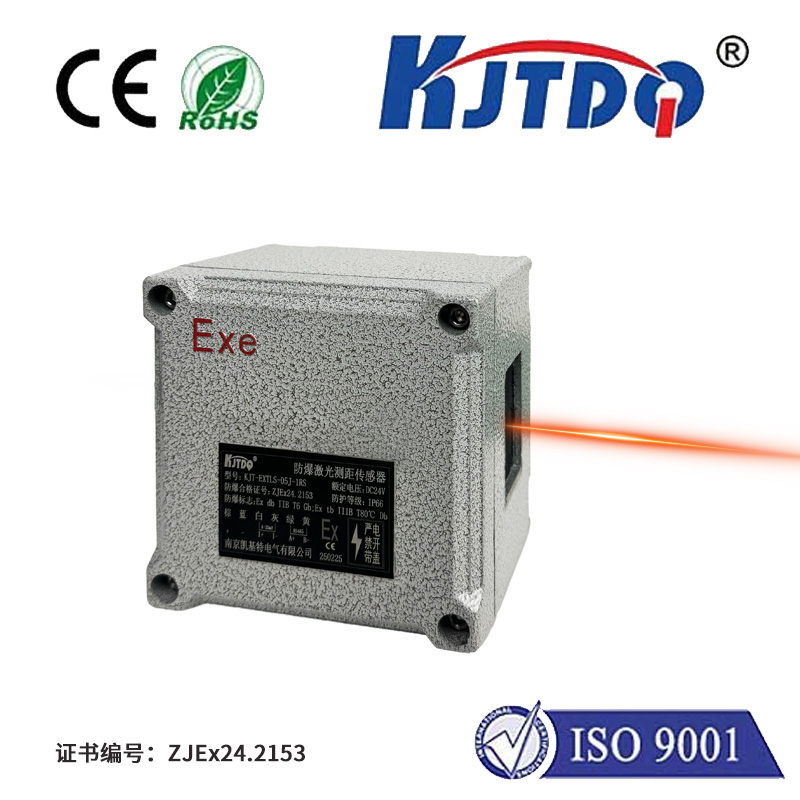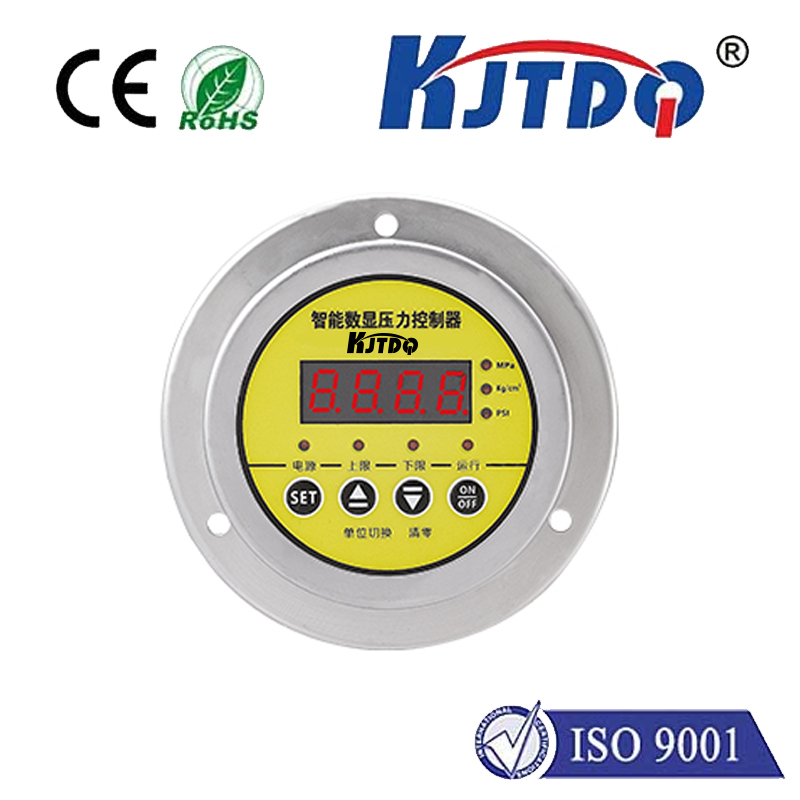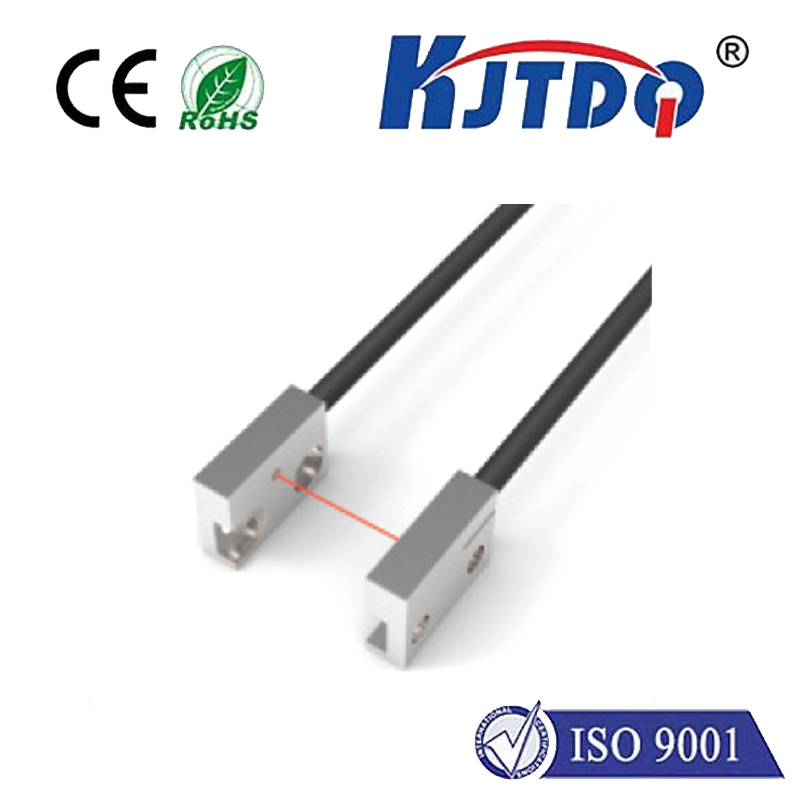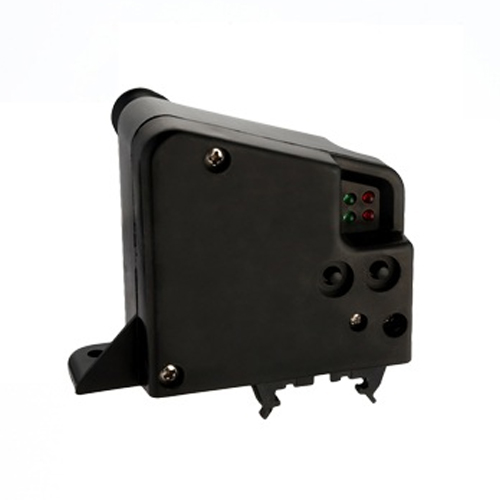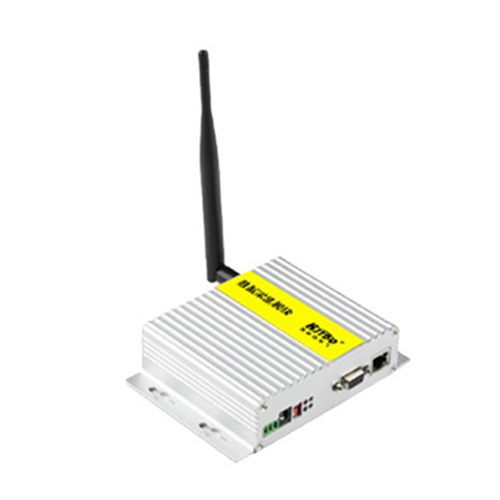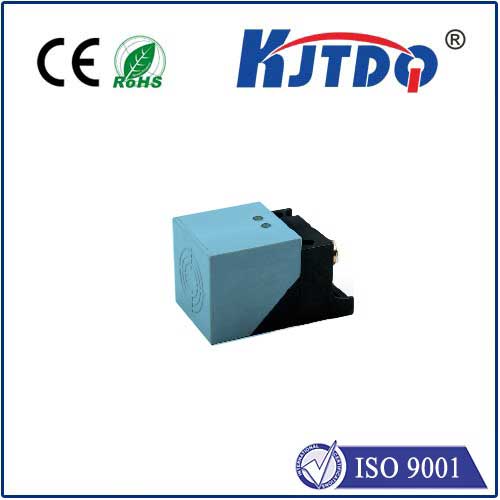Регулируемый фотоэлектрический датчик
- time:2025-07-25 00:50:56
- Нажмите:0
Beyond Fixed Limits: Unlocking Industrial Potential with Adjustable Photoelectric Sensors
Ever halted a production line because your sensor couldn’t handle a sudden material change or new object size? In the dynamic world of industrial automation, rigidity often translates to downtime and lost revenue. Photoelectric sensors are workhorses for detection, but their true power is unleashed when they possess the critical attribute of adjustability. This feature transforms them from simple on/off switches into versatile, adaptive tools capable of tackling diverse and evolving challenges on the factory floor.
Understanding the Core: Photoelectric Sensing Simplified
At their heart, photoelectric sensors operate on a simple principle: emitting a light beam (typically infrared, visible red, or laser) and detecting changes in the received light. This detection occurs in several primary modes:
- Through-Beam (Opposed Mode): Features separate emitter and receiver units. An object is detected when it interrupts the beam traveling between them. Known for longest sensing ranges and high reliability.
- Retroreflective: Uses a single housing unit containing both emitter and receiver, along with a reflector. The emitter sends light to the reflector, which bounces it back to the receiver. An object is detected when it breaks this reflected beam. Offers simpler wiring than through-beam but shorter ranges.
- Diffuse Reflective: The emitter and receiver are housed together, and detection relies on light reflecting directly off the target object. The sensor detects the presence of the object based on the intensity of the reflected light returning to the receiver. Easiest to install but most susceptible to object color, texture, and background interference.
The Game-Changer: Why Adjustability Matters
Fixed photoelectric sensors have predefined parameters. While reliable for stable, unchanging applications, they falter when faced with:

- Varying Object Characteristics: Different colors, surface finishes (matte vs. glossy), materials (transparent, translucent, opaque), sizes, and shapes all reflect light differently.
- Changing Environmental Conditions: Dust, fog, moisture, or varying ambient light levels can significantly impact a sensor’s performance.
- Process Optimization Needs: Needing fine-tuned detection points, sensitivity to ignore background objects, or adaptability for different product runs without physical sensor swapping.
- Variable Sensing Ranges: Applications where the detection distance needs to change based on the task or setup.
This is where adjustable photoelectric sensors become indispensable. Their core advantage lies in allowing operators or automated systems to fine-tune specific parameters without replacing the sensor hardware.
Key Areas of Adjustment and Their Impact:
- Sensitivity / Gain Adjustment:
- What it does: Controls the sensor’s responsiveness to the received light signal. Increasing sensitivity makes the sensor react to weaker reflections (e.g., detecting darker objects or objects farther away in diffuse mode). Decreasing sensitivity makes it less responsive, helping it ignore background objects or minor reflections.
- *Impact*: Crucial for handling objects with varying reflectivity, filtering out environmental noise (like dust), or ensuring reliable detection in challenging diffuse applications. Prevents false triggers and missed detections.
- Sensing Range Adjustment:
- What it does: Allows setting the specific distance within the sensor’s maximum range where reliable detection occurs. This is often linked to sensitivity.
- *Impact*: Enables precise positioning control, ignoring objects beyond or before a specific point. Vital for applications like part presence verification on conveyors, stack height control, or determining object position within a defined zone.
- Response Time Adjustment:
- What it does: Modifies how quickly the sensor reacts to a detection event (or the loss of detection). Faster response times capture high-speed objects, while slower times filter out vibration or brief disturbances.
- *Impact*: Essential for high-speed production lines (e.g., bottling, packaging) or environments with significant mechanical vibration, preventing chatter on the output signal.
- Light/Dark Mode Switching (Teach-In / Setup Options):
- What it does: Allows configuring whether the sensor output activates when the beam is interrupted (Dark On) or when the beam is received (Light On). Many adjustable sensors feature simplified teach-in buttons or potentiometers for easy setup.
- *Impact*: Provides flexibility to match the required logic (presence or absence detection) directly within the sensor, simplifying integration with control systems.
Where Adjustable Photoelectric Sensors Shine (Real-World Applications):
The versatility of tunable sensors makes them applicable across a vast spectrum of industries:
- Packaging & Labeling: Detecting clear bottles, varied label colors/positions, monitoring case flap closure (adjusting sensitivity for tape vs. cardboard), verifying fill levels in translucent containers.
- Перевозка материалов: Detecting boxes of different colors and sizes on conveyors, monitoring stack height on pallets (range adjustment), detecting transparent shrink wrap.
- Automotive Assembly: Ensuring precise positioning of components on robots or fixtures (range & sensitivity), detecting dark rubber gaskets against dark backgrounds, verifying piston presence in cylinders.
- Food & Beverage: Counting baked goods with varying tops, detecting liquid levels in glass bottles (sensitivity for liquid vs. foam), verifying cap placement on multi-colored bottles.
- Pharmaceuticals: Verifying vial or syringe presence, detecting subtle differences in pill blister packs, ensuring tamper-evident seals are intact.
- Логистика: Parcel dimensioning (range detection), detecting packages on high-contrast conveyor belts, guiding autonomous mobile robots (AMRs) near reflective surfaces.
Beyond Basic Adjustment: Smart Features & Connectivity
Modern adjustable sensors increasingly incorporate intelligence:
- Automatic Gain Control (AGC): Continuously dynamically adjusts sensitivity to compensate for gradual environmental changes like dust buildup or fog, maintaining reliable operation.
- IO-Link Communication: This point-to-point protocol transforms adjustable sensors into smart devices. It allows for:
- Remote, real-time monitoring of sensor status (e.g., current sensitivity, light intensity received, internal temperature).
- Remote, parameter adjustment directly from the PLC or HMI, enabling automatic recipe changes for different product lines.
- Advanced diagnostics and predictive maintenance alerts.
Choosing the Right Adjustable Photoelectric Sensor
Selecting the optimal sensor involves considering:
- Required Sensing Mode: Through-beam for maximum range/reliability, retro-reflective for simplicity, diffuse for proximity or difficult mounting.
- Key Adjustments Needed: Prioritize sensitivity, range, response time, or a combination.
- Environmental Factors: IP rating (dust/water resistance), temperature range, presence of chemicals or washdown requirements.
- Object Characteristics: Size, color, material, surface texture.
- Required Range & Precision: How far and how accurately detection is needed.
- Integration Needs: Simple discrete output vs. smart features like IO-Link for data and remote control.
- Mounting Constraints: Available space and orientation.
Conclusion: Embracing Flexibility in Sensing
Adjustable photoelectric sensors are far more than just detectors; they are flexible problem-solvers. By empowering engineers and operators to fine-tune detection parameters, they overcome the limitations of fixed sensors, drastically reducing downtime caused by material changes, environmental shifts, or product switchovers. The ability to optimize sensitivity, range, and response ensures reliable operation in demanding applications, from detecting challenging transparent or dark objects to functioning reliably in dusty or foggy environments. As technology advances, especially with integration like IO-Link, their adaptability and intelligence will only increase, making them a cornerstone investment

